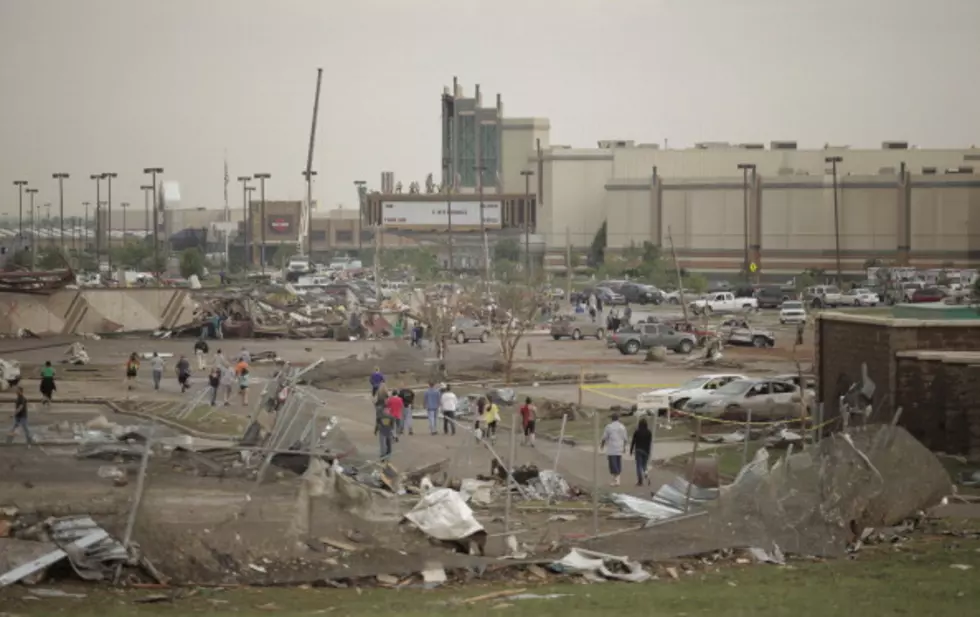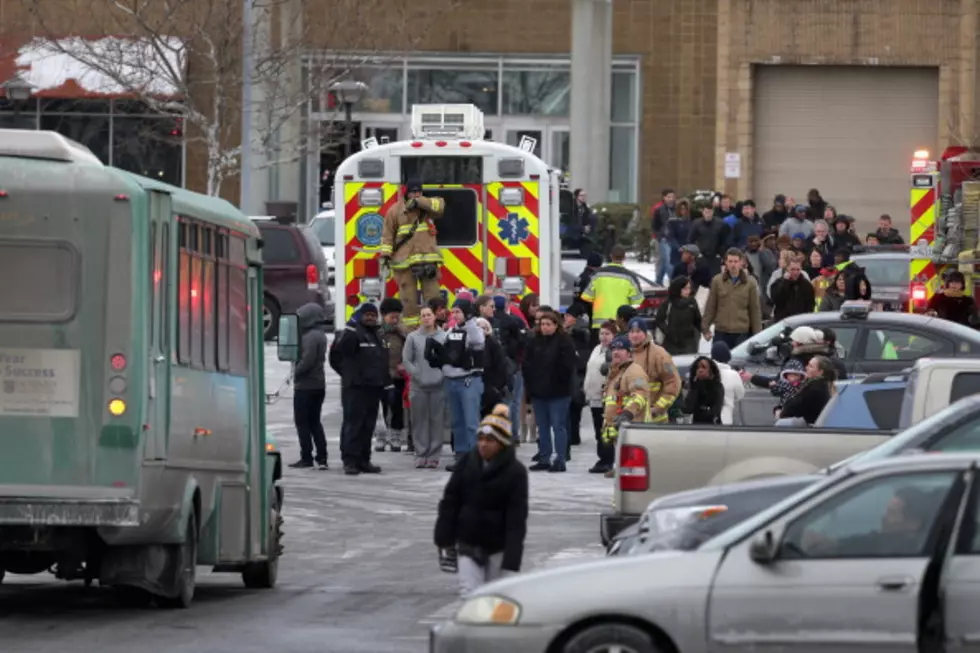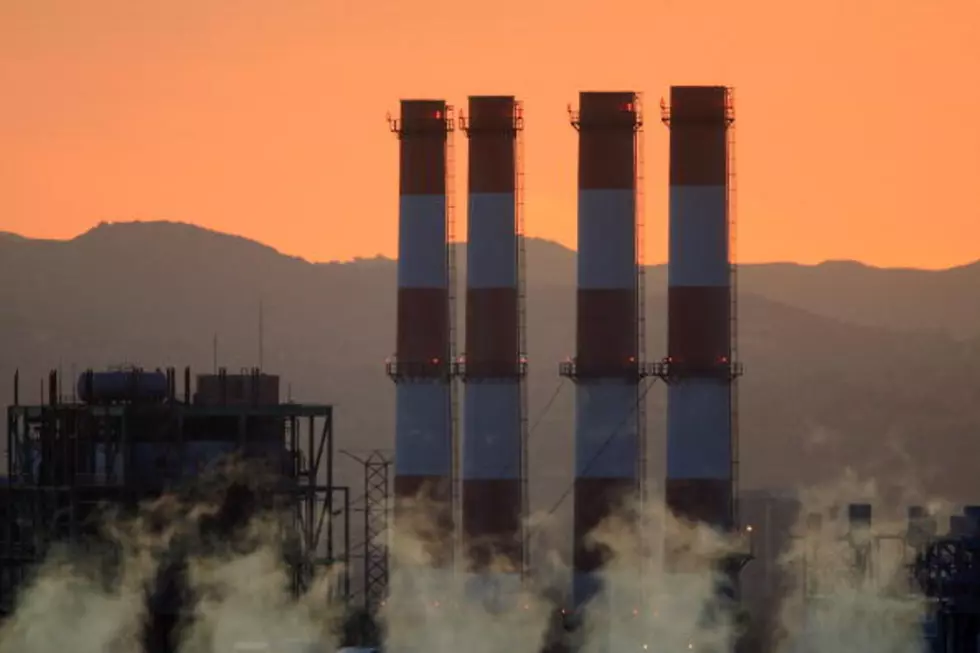
Oklahoma Tornado In Brief
A deadly tornado hit suburban Oklahoma City on Monday. A quick look at some basic facts.
Q. Is global warming to blame?
A. You can't blame a single weather event on global warming. In any case, scientists just don't know whether there will be more or fewer twisters as global warming increases. Tornadoes arise from very local conditions, and so they're not as influenced by climate change as much as larger weather systems like hurricanes and nor'easters. They're not easy to incorporate in the large computer simulations scientists use to gauge the impact of global warming.
And when scientists ponder the key weather ingredients that lead to twisters, there's still no clear answer about whether to expect more or fewer twisters. Some scientists theorize that the jet stream is changing because sea ice in the Arctic is shrinking. And the jet stream pattern drives weather in the Northern Hemisphere.
Q. How does this tornado season stack up against previous ones?
A. The season got off to a quiet start this year. Typically, there are more during spring, and the numbers dwindle in the worst heat of the summer. An unusually cool spring kept the funnel clouds at bay until mid-May this year. The last two seasons illustrate the extremes in tornado activity. In 2011, the United States saw its second-deadliest tornado season. Last year, it was busy in April but there were few twisters after that.
Q. What happened in Oklahoma?
A. The tornado destroyed an elementary school and flattened neighborhoods with winds up to 200 miles an hour. The National Weather Service made a preliminary ranking of the twister as an EF4, the second-most-powerful classification.
Q. How did it form?
A. Like the most destructive and deadly tornadoes, this one came from a rotating thunderstorm. The thunderstorm developed in an area where warm moist air rose into cooler air. Winds in the area caused the storm to rotate, and that rotation promoted the development of a tornado.
(Copyright 2013 The Associated Press. All Rights Reserved)
More From New Jersey 101.5 FM



![U.S. Headed for Domestic Oil Only? [AUDIO]](http://townsquare.media/site/385/files/2014/02/143637418-300x200.jpg?w=980&q=75)



![Debt and No Degree: A New Trend? [AUDIO]](http://townsquare.media/site/385/files/2014/01/10462763565_f7754242d6_b.jpg?w=980&q=75)

